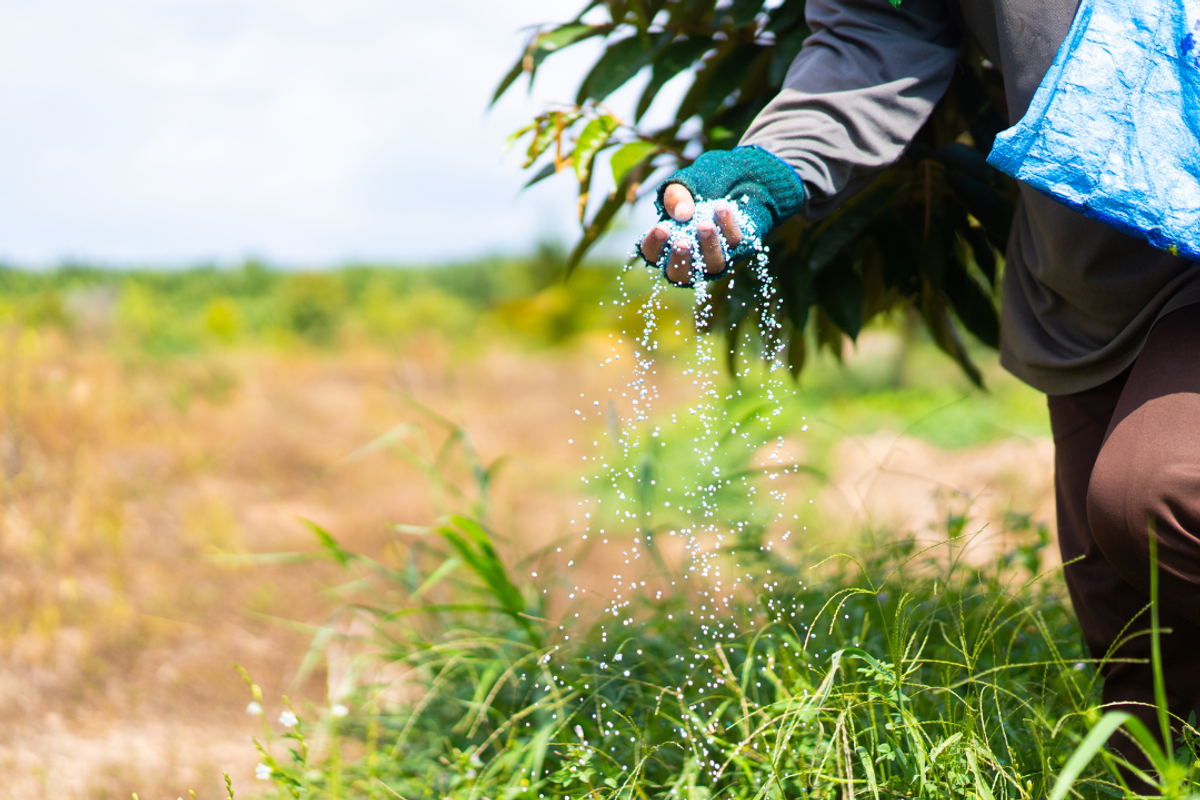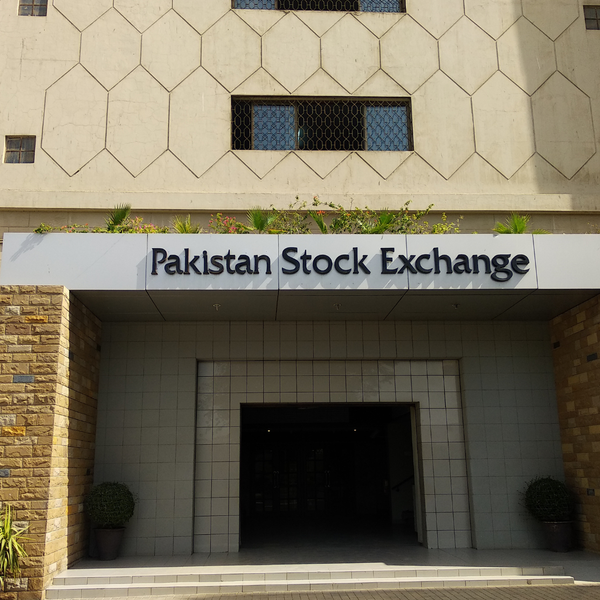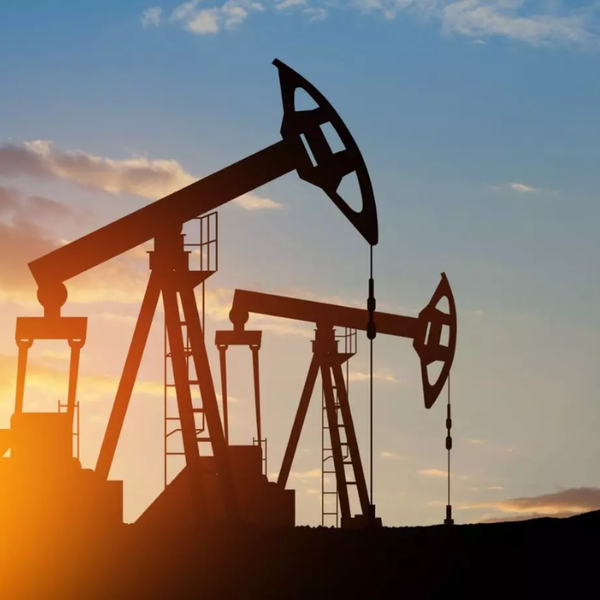Pakistan’s urea stocks hit 1.4M tons, raising prospects of first exports in a decade
Intermarket Securities says inventories at 2017 levels strengthen the case for exports, though Rabi demand and gas supply risks could alter the outlook
Business Desk
The Business Desk tracks economic trends, market movements, and business developments, offering analysis of both local and global financial news.

Shutterstock
Pakistan’s swelling urea inventories may compel the government to permit exports for the first time in nearly a decade, Intermarket Securities said in a research report, warning that domestic stockpiles have reached levels last seen in 2016-17 when the Economic Coordination Committee (ECC) previously authorized exports.
“Urea inventories have remained above 1 million metric tons since April 2025, and it is highly unlikely that these volumes can be offloaded in the domestic market,” Intermarket Securities said.
The brokerage added that inventories climbed to 1.4 million tons as of October, matching levels seen in May 2017. Engro Fertilizers accounted for 42% of the stockpile, followed by Fauji Fertilizer at 28% and Fatima Fertilizer at 24%.
The firm said parallels with 2017 are “hard to ignore”, noting that inventories stayed elevated for an entire agricultural cycle — Kharif and Rabi — before exports were approved.
“We believe the case for urea exports is strong,” the brokerage said, adding that exports could generate foreign exchange while easing working-capital strains for manufacturers.
Risks to the export case
Intermarket Securities flagged two major risks: unexpectedly strong Rabi-season demand and potential gas supply cuts to fertilizer plants.
The ECC recently deferred a decision on renewing gas supply agreements for two plants on SNGPL’s network, raising the possibility of curtailments. “If gas supply is cut to these plants, with combined capacity of 0.9 million tons, this will help manage inventories even without exports,” the brokerage said.
Despite expectations of an 8% year-over-year rise in Rabi 2025-26 demand, Intermarket Securities noted that production is also strong due to reduced gas curtailment. It expects inventories to remain stubbornly high.
“We project year-end inventories at 1.01 million tons, the highest December level since 2016,” the report said, compared with a 10-year average of 340,000 tons.
The overhang is likely to persist through at least March 2026. The brokerage estimates Rabi offtake at 3.35 million tons versus production of 3.31 million tons, leaving ending inventories near 1.1 million tons.
Farm economics recovering
Intermarket Securities said farm incomes are recovering after a difficult year stemming from the government’s withdrawal from wheat procurement in 2024, a policy shift linked to IMF conditions.
The move triggered a price collapse, with wheat falling to PKR 2,200-2,500 per 40kg, far below the support price of PKR 3,900, hurting farmer liquidity. Cotton output also suffered due to pest attacks and reduced cultivation, weighing further on rural incomes.
The improvement became evident in Kharif, where fertilizer offtake rose 13% year over year despite floods damaging farmland along the Ravi, Sutlej and Chenab rivers. “Higher urea offtake in Kharif 2025 indicates improving farmer economics,” the brokerage said.
Momentum expected to carry Into Rabi
Intermarket Securities expects the recovery to continue in Rabi 2025-26, supported by the government’s newly announced minimum wheat support price of PKR 3,500 per 40kg, compared with PKR 2,200-2,500 last year.
“Normalization in policy direction, coupled with improving on-ground liquidity, positions the agriculture sector for a rebound through 2026,” the report said.
Still, the firm emphasized that without exports, meaningful inventory drawdowns are unlikely. “Domestic production will adequately meet local demand, limiting any reduction in stocks,” it said.










Comments
See what people are discussing